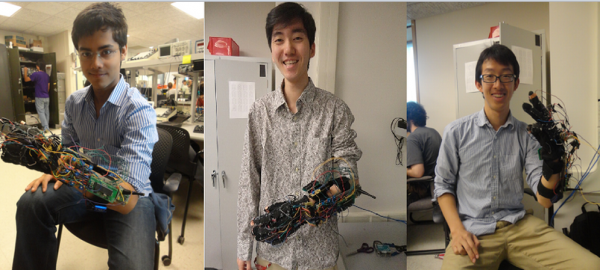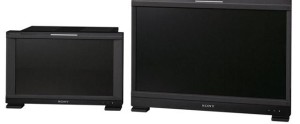Sign language is largely used by deaf and mute people for communication purposes. It’s a combination of sign patterns including body language, orientation and movement of arms which makes communication possible without the use of acoustic sounds or written words. Understanding sign language is a totally different ballgame. However, a trio of engineering students from Cornell University have come up with the future forward Sign Language Translator Glove which uses accelerometers, contact sensors and flex sensors for translating complex finger gestures and hand movements into written letters and acoustic sounds.
American Sign Language (ASL) is the sixth most used language in America. But communication among people with hearing and acoustic impairments and people without any such impairments is often difficult. A new design by three Cornell students can help limiting the communication gap. The students – Ranjay Krishna, Seonwoo Lee and Si Ping Wang from Cornell University – have made a sign language translator glove which can translate hand movements into written letters and acoustic sounds.
The sign language translator that the students have developed uses a glove fitted with sensors that can interpret the 26 English letters in American Sign Language (ASL). The glove uses flex sensors, contact sensors, and accelerometers in three dimensions to gather as much data as possible on each finger’s position and the hand’s motion so that it can tell the difference between letters.
The glove has nine flex sensors, four contact sensors, and two different types of accelerometers. Flex sensors located along the fingers distinguish letters, while the contact sensors can decide further if the flex sensors were precise enough in recognizing signs, because some sign letters like ‘U’ and ‘E’; ‘V’ and ‘W’; ‘G’, ‘Q’, and ‘L’ are quite similar to each other.
A micro-controller puts all the information gathered by sensors together and figures out which letter is being signed by the glove’s wearer. Accelerometers set up the movement and orientation of the glove. The information is later forwarded to another micro-controller attached to the base station via a transceiver. As soon as the translation is transmitted to the base station, where it’ll display as well as pronounce the letter, while interfacing with the computer. The glove and its transmitter are both wireless and powered by 9-volt batteries. In order to spur on the aspiring sign language student, on the computer there is a game which tests the user’s ability to sign, which can be used for sign language education.
Sign language recognition using sensor gloves is molded with complex infrastructure. The glove is pretty incredible. The Sign Translator could be a great tool in future for learning the language and communicating with ASL speakers. I hope that the project leads to a real product and make a bridge to communicate easily between the deaf-mute and the rest of us. For more details on the Glove and its functions and how it works, visit Sign Language Translation.
Source : Sign Language Translation



